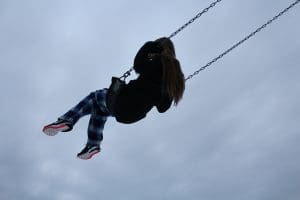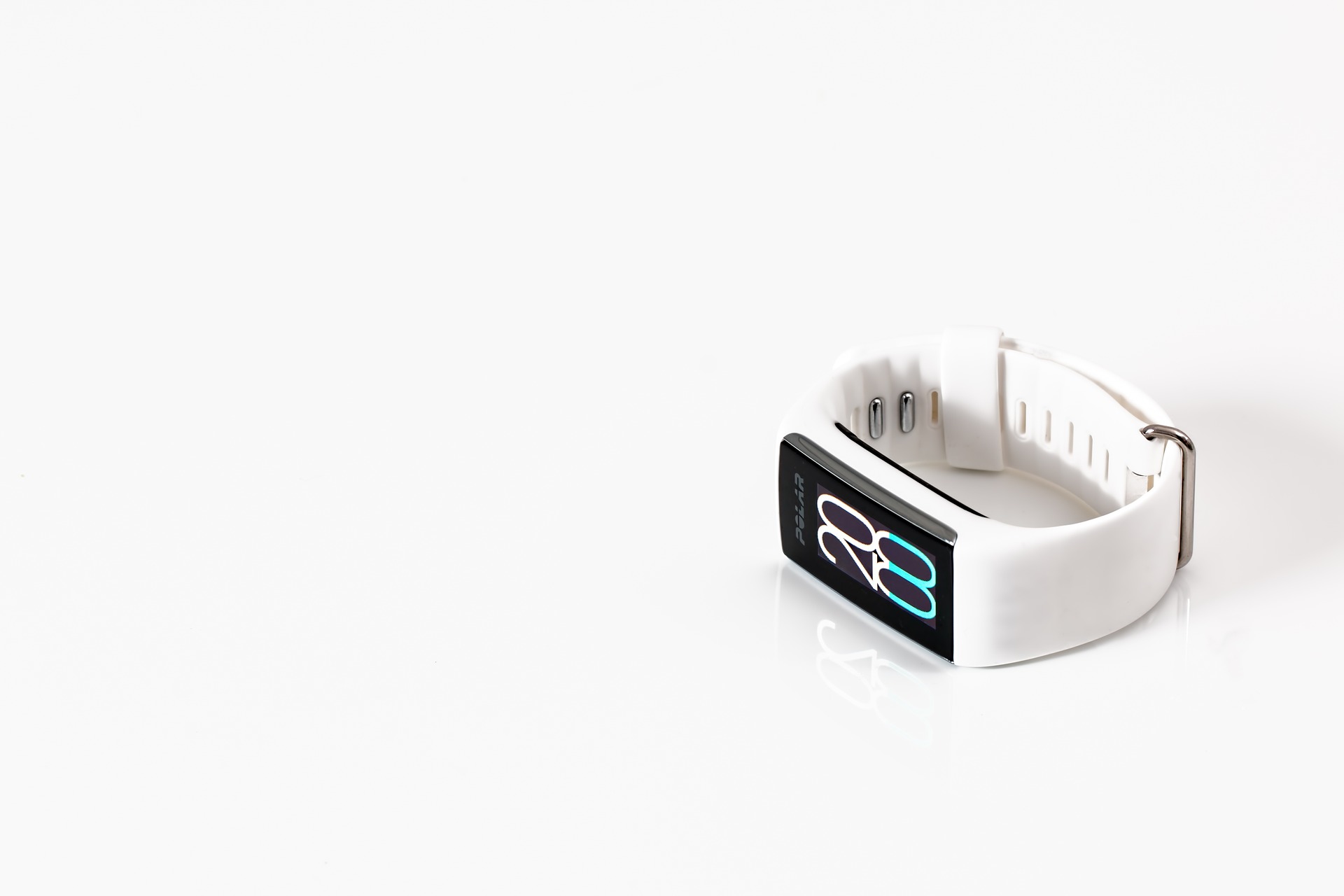 A cancer diagnosis is not an event anyone wants to encounter. The International Agency for Research on Cancer reports that over 18 million new cancer cases were diagnosed worldwide in 2018 – nearly 10% of those were in the United States. The burden of cancer on finances, the healthcare system and human lives is huge and well documented, but a new factor is being heavily researched on its impact.
A cancer diagnosis is not an event anyone wants to encounter. The International Agency for Research on Cancer reports that over 18 million new cancer cases were diagnosed worldwide in 2018 – nearly 10% of those were in the United States. The burden of cancer on finances, the healthcare system and human lives is huge and well documented, but a new factor is being heavily researched on its impact.
Cancer care often focuses on the physical effects of the disease, but many patients are left without access to mental health resources. This might seem like an unavoidable effect in the face of a cancer diagnosis, but it doesn’t end there. Cancer patients who experience these mental health concerns are also more likely to experience worse cancer symptoms and higher disease mortality. Sadly, mortality among cancer patients is most likely to co-occur among younger people.
A study by Dutch researchers at Tilburg University in the Netherlands looks into the connection between mental health issues and worsening  cancer symptoms. The study found that depressed patients with various types of cancer — the study examined lymphoma, multiple myeloma, endometrial and colorectal cancers — are twice as likely to die than their non-depressed counterparts.
cancer symptoms. The study found that depressed patients with various types of cancer — the study examined lymphoma, multiple myeloma, endometrial and colorectal cancers — are twice as likely to die than their non-depressed counterparts.
The study also included research on breast cancer patients from Dr. David Spiegel at Stanford University. According to Spiegel, “as many oncologists now view pain as a symptom to be treated, they should also consider depression a symptom to be treated to improve the quality of — and possibly extend — life.” According to Dr. Spiegel’s research, the positive effects of therapy cannot always extend a patient’s life span, but they can result in increased quality of life.
This kind of research could be especially useful in severe forms of cancer where high pain levels and short life expectancies are common. Lung cancers have been associated with “greater morbidity and higher levels of psychological distress than any other form,” according to an Australian study.
Cancers that come from environmental factors — think tobacco smoke, tanning beds with UV radiation, and minerals like asbestos — can leave patients feeling angry that they are “at fault” for their diagnosis. An evaluation of a palliative care program for mesothelioma patients, a cancer caused by asbestos, found high levels of emotional difficulties like shock of diagnosis, anxiety and depression, anger towards employers who did not alert them to the hazards of asbestos, and stress of resulting lawsuits.
 Palliative care refers to care programs that focus on relieving cancer symptoms. Mental health is becoming an important part of these plans, not only for a patient’s mental wellbeing, but also for the chances of life extension. The study, from the Asian Pacific Journal of Cancer Prevention, found that leaving these issues unaddressed can lead to lasting mental health issues that decrease quality of life.
Palliative care refers to care programs that focus on relieving cancer symptoms. Mental health is becoming an important part of these plans, not only for a patient’s mental wellbeing, but also for the chances of life extension. The study, from the Asian Pacific Journal of Cancer Prevention, found that leaving these issues unaddressed can lead to lasting mental health issues that decrease quality of life.
Incorporating psychological resources into care programs for all kinds of cancer could have incredible effects. A 2017 paper outlines some of the hurdles to correctly treating depression in cancer patients: “Cancer care professionals tend to confuse clinical depression or anxiety disorders with normal sadness and preoccupation, with the mistaken belief that ‘it is normal to feel sad or anxious because of cancer.’” As a result, 30-40 percent of cancer patients experience undiagnosed psychological issues.
Hopefully this changes with the recent renaissance in recognizing mental health issues as legitimate conditions. Research from Psychology Today has found that cancer patients are almost twice as likely to commit suicide than the general population, 25% more likely to experience depression, and 42% more likely to have anxiety disorders. Psychological care needs to be a component of all stages of cancer care, from diagnosis to treatment and either follow-up or end-of-life care.
Do you think that mental health treatment should be incorporated into cancer treatment? Why do you think mental health care hasn’t historically been a priority in cancer treatment? Do you have any experiences that you’re comfortable with sharing?
Special thanks to Sarah Wolverton for the article. Sarah Wolverton is a Communications Specialist at Mesothelioma.com, the foremost source of asbestos and mesothelioma cancer information. Sarah delves into the world of cancer and consumer health in her work and advocates for a full asbestos ban.

 Pride Month is pretty self-explanatory. Though pride isn’t limited to just these thirty days, June gives those who identify as queer and/or a member of the LGBT+ community a time to celebrate how far they’ve come with their rights, work towards a better future for themselves, and just have fun being who they are.
Pride Month is pretty self-explanatory. Though pride isn’t limited to just these thirty days, June gives those who identify as queer and/or a member of the LGBT+ community a time to celebrate how far they’ve come with their rights, work towards a better future for themselves, and just have fun being who they are.  To remind members of the LGBT+ community, allies, and those who are still learning about the significance of pride about the power of the positivity occurring this month, we’ve pulled a couple of lists and articles featuring queer youth pride:
To remind members of the LGBT+ community, allies, and those who are still learning about the significance of pride about the power of the positivity occurring this month, we’ve pulled a couple of lists and articles featuring queer youth pride:  Brightly – an organization that provides resources and lists to make finding children and YA books a bit easier – has a thorough list of fictional LGBT+ YA novels. These are novels that don’t just have queer protagonists, but have their own stories that go beyond just navigating their identity and beyond having their identity define them. Vulture also has a list of LGBT+ YA novels, but includes older novels as well, even ones dating back to the 80s.
Brightly – an organization that provides resources and lists to make finding children and YA books a bit easier – has a thorough list of fictional LGBT+ YA novels. These are novels that don’t just have queer protagonists, but have their own stories that go beyond just navigating their identity and beyond having their identity define them. Vulture also has a list of LGBT+ YA novels, but includes older novels as well, even ones dating back to the 80s.










 While they may seem cheesy at first, affirmations can be pretty powerful. Self-affirmations
While they may seem cheesy at first, affirmations can be pretty powerful. Self-affirmations 























Recent Comments